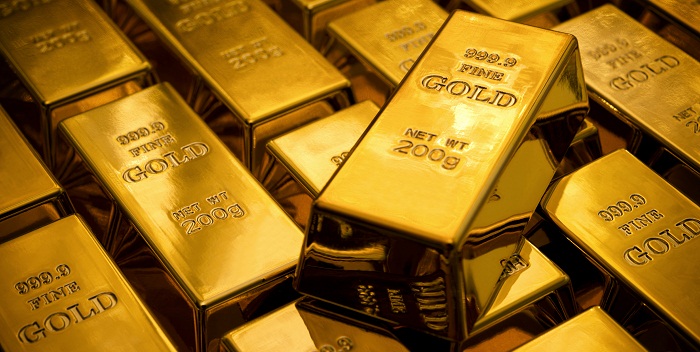The precious metal has risen about three per cent this year, despite December`s rise in US interest rates, which is typically a negative signal. But this "safe-haven" rally comes at a time when equity markets are enduring their worst start to a year ever, with the UK`s benchmark the FTSE-100 ploughing a three-year low. So why hasn`t gold soared?
1. Inflation
"The struggle is this fundamental headwind which is [lower] inflation expectations," Rob Haworth, senior investment strategist for US Bank in Seattle, told Reuters.
"Gold is often thought of as an inflation hedge. There`s not a lot of appetite to bid up gold when you don`t have an inflation issue."
Inflation will likely remain low for a time yet, while the continuing slump in the oil price is dragging down fuel prices.
2. Market crash?
A second factor is whether or not the current market malaise will presage a full-blown crisis or if the investor panic underestimates the resilience of the global economy. By all accounts "safe-haven" rallies are typically short-lived, but finite gold, seen as a shore of value in times of stress, soars when markets go into full meltdown. The crisis in 2008 prompted a three-year bull market to an all-time high.
There is no shortage of people predicting we are facing another markets collapse. But there are also respected figures such as International Monetary Fund chief Maurice Obstfeld stating that investors are merely overreacting to "rather small bits of evidence in an environment of volatility and risk aversion".
3. Interest rates
Should a market crash not happen, the likelihood of further interest rates rises is weighing heavy and enforcing the current holding pattern. If rates rise, it boosts alternatives to gold that pay income and should buoy the dollar, against which gold is a hedge.
4. Demand dynamics
Once a clearer picture on markets and rates emerges, the market might refocus on demand dynamics to drive prices, but the underlying view is unclear.
Investors are buying in via funds again, but this rise is coming from a very low base following a big sell-off last year. Elsewhere, while purchases of actual gold in the form of jewellery rose in the latter part of the year, the tick higher so far in 2016 is blunting buying in China and India at the moment, notes Reuters.
More about:
















































